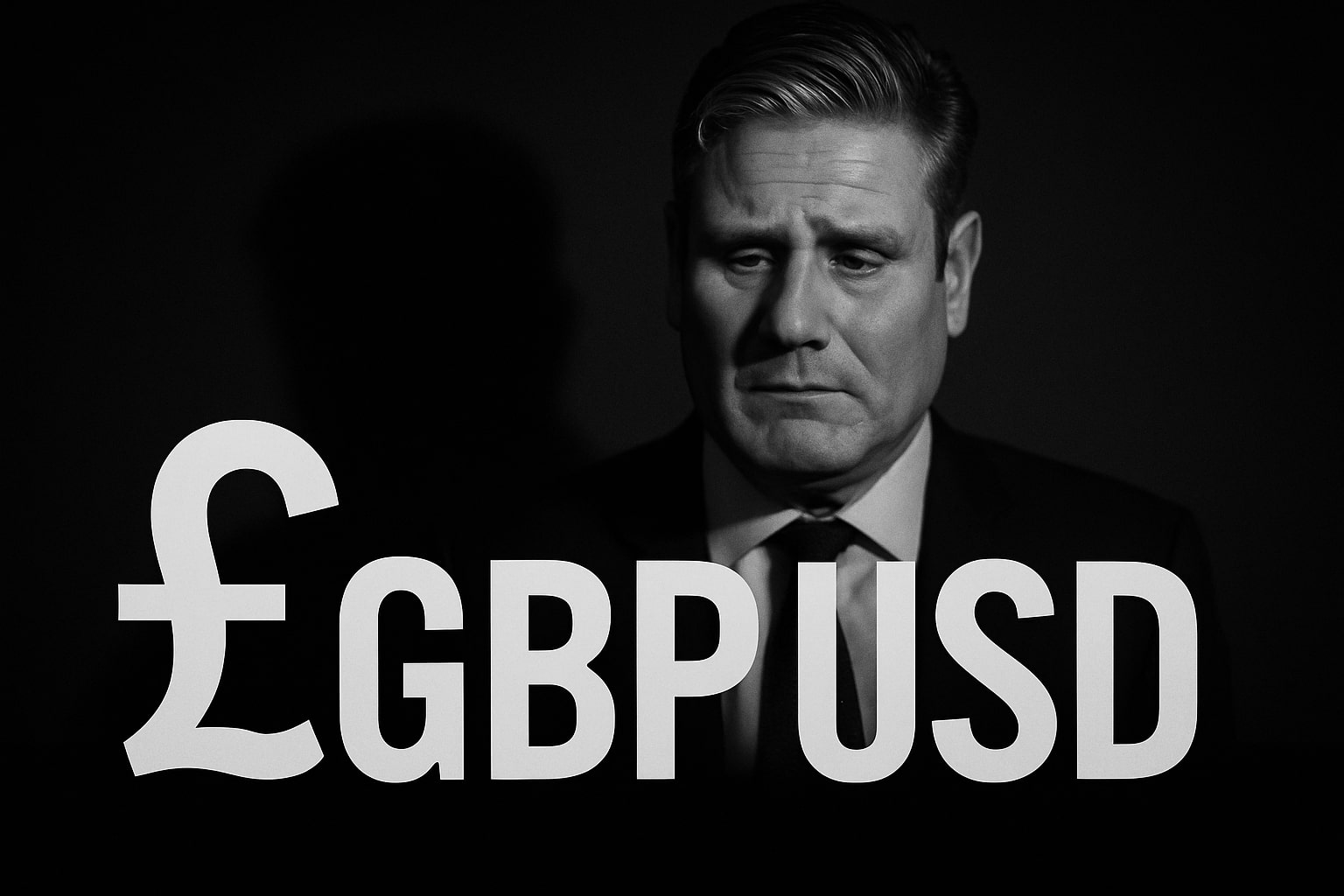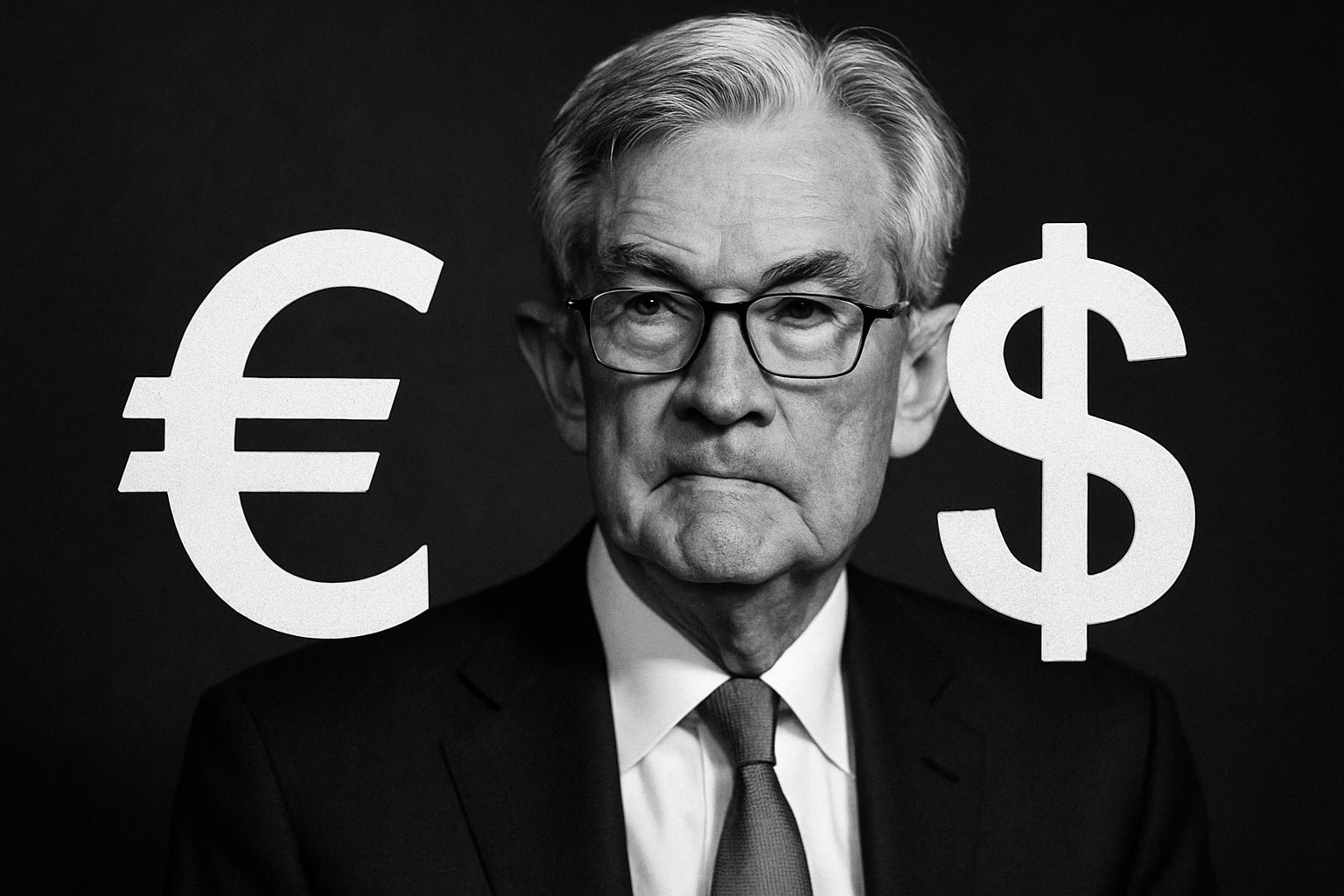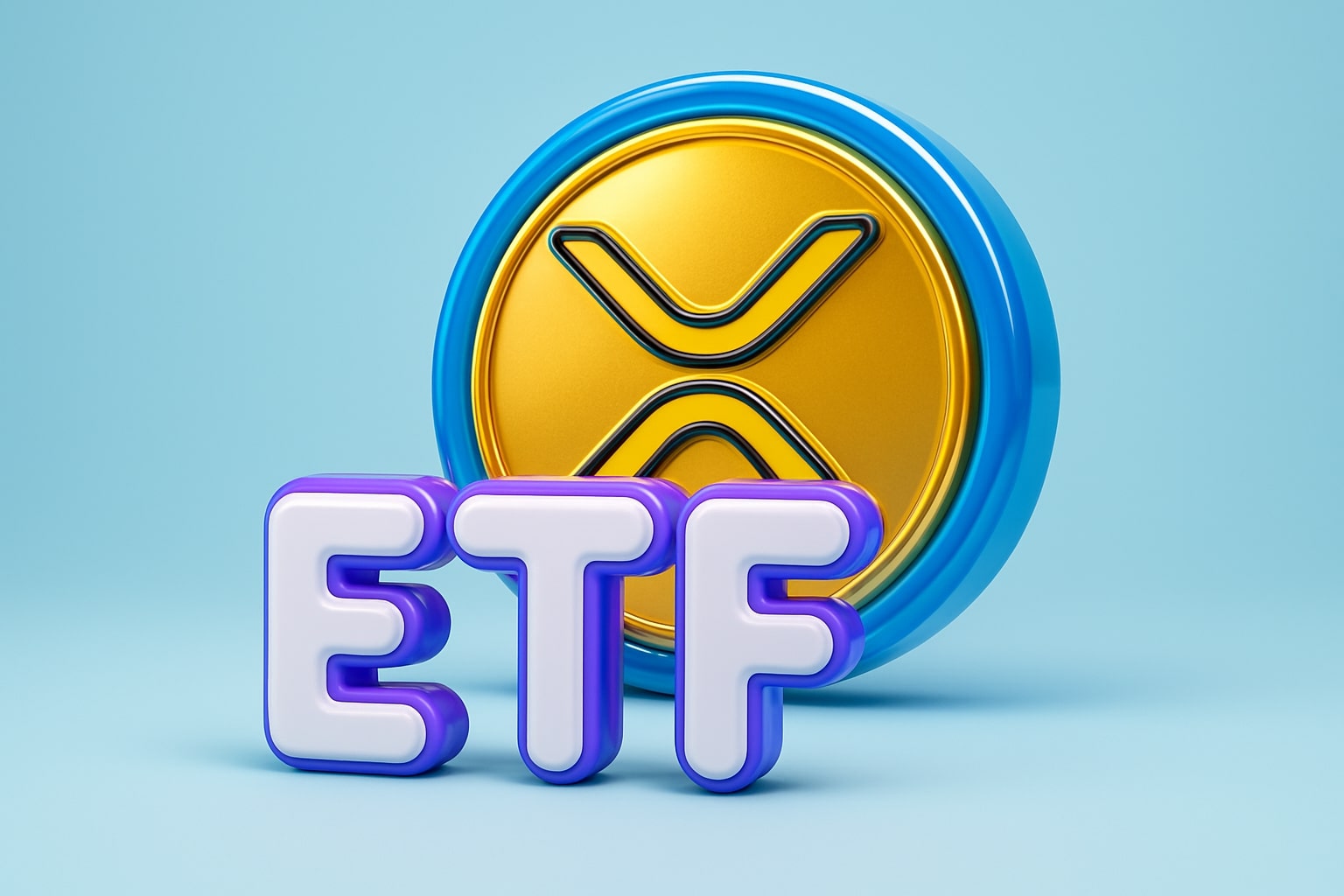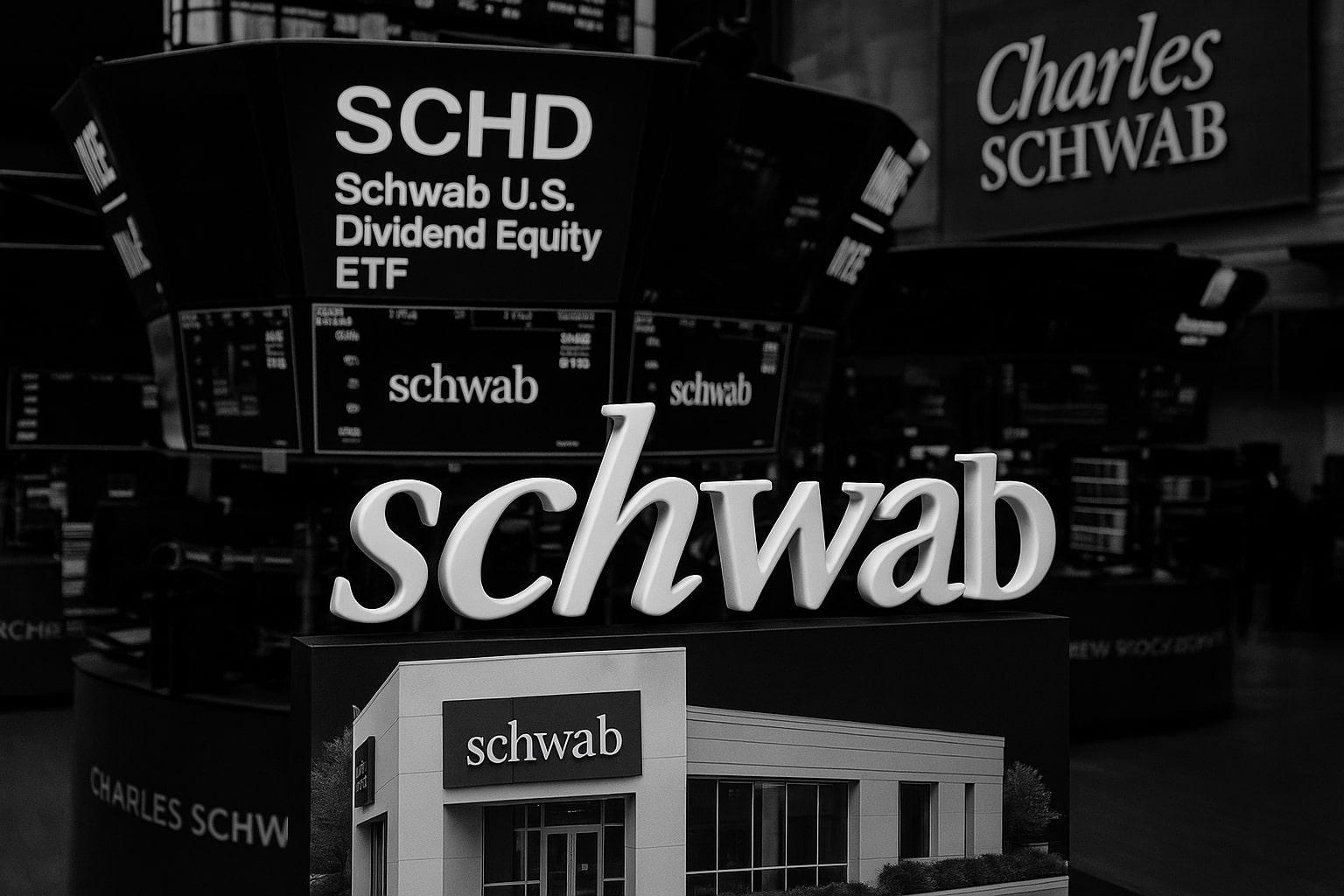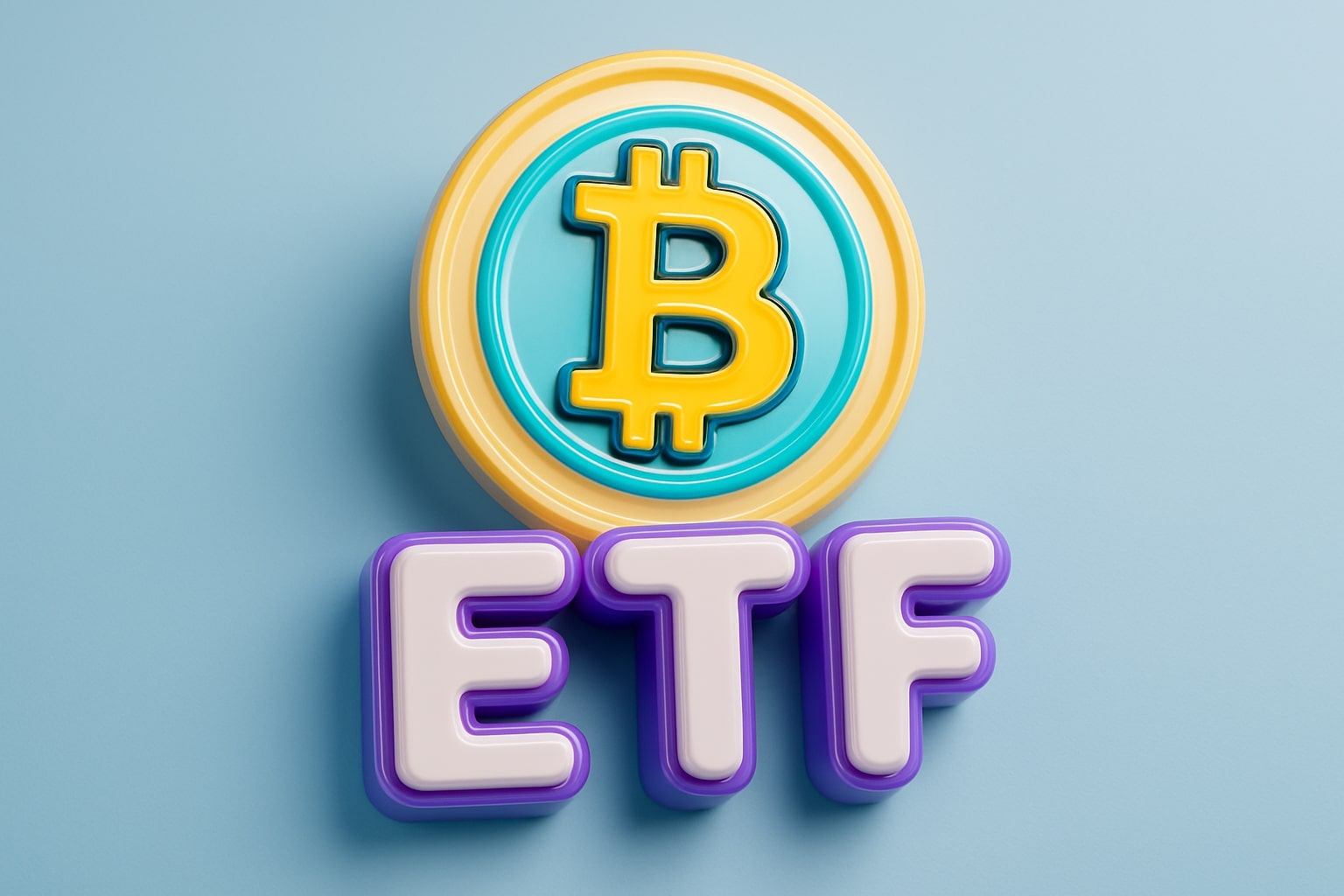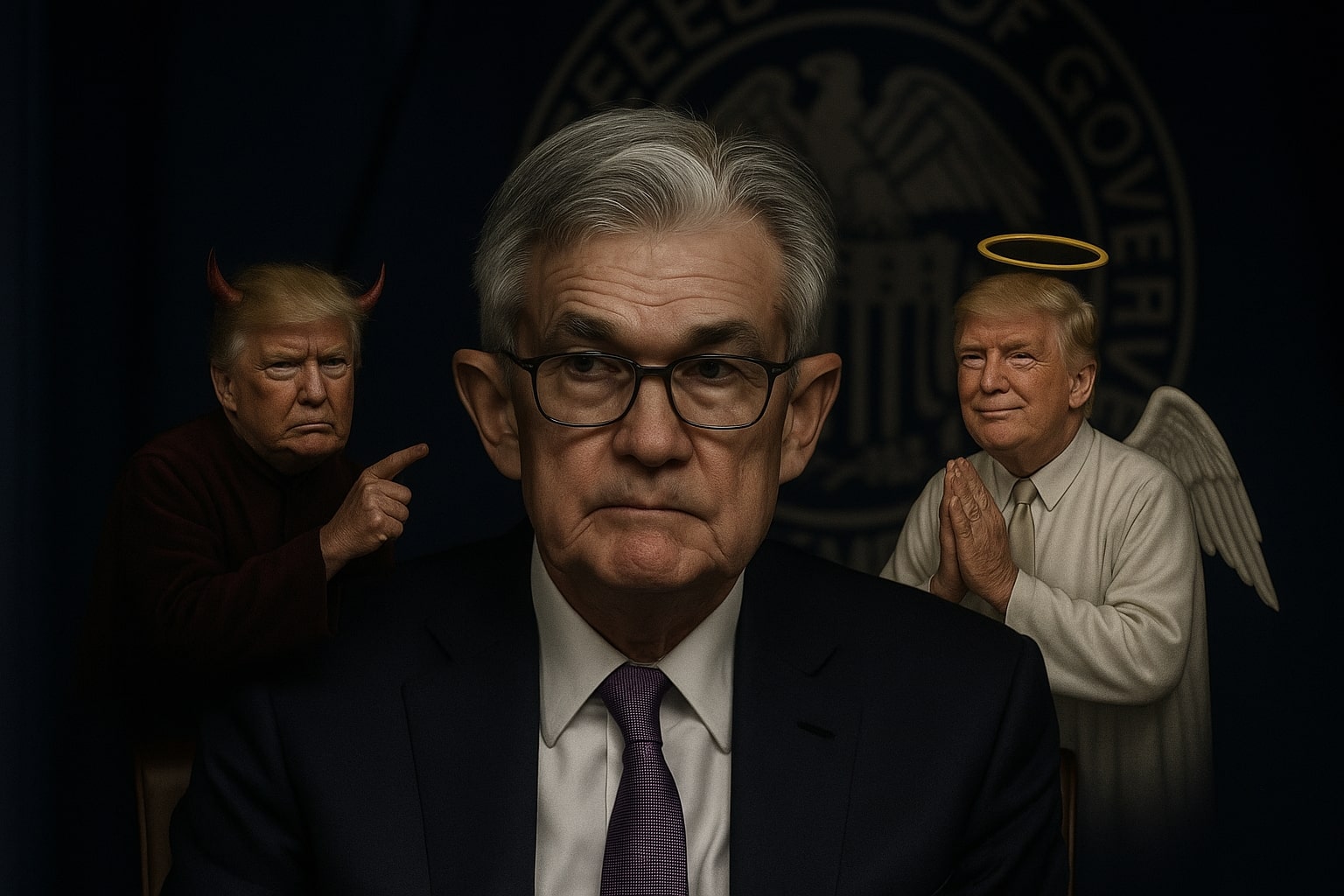
EUR/USD Retreats From 1.1754 Peak as Fed Uncertainty and Eurozone Inflation Fuel Choppy Path Ahead
Euro jumps on weak dollar, then pulls back as core PCE hits 2.7%, ECB hints at more cuts, and traders brace for US labor test | That's TradingNEWS
EUR/USD Surges to 1.1754 Before Cooling, as US Inflation and ECB Divergence Drive Volatility
The EUR/USD currency pair climbed to 1.1754, its highest level since September 2021, before retreating below 1.1700 late Friday. The rally marked a 2% weekly gain, fueled by mounting expectations of Federal Reserve rate cuts and a reversal in safe-haven demand for the US dollar following a sudden Middle East ceasefire. However, the pair settled at 1.1716, holding onto a 1.69% gain for the week, even as core US inflation and hawkish undertones from Fed officials forced some late-session consolidation.
The 1.1750–1.1800 zone remains a critical test for the pair’s near-term direction, with markets pricing in 65 bps of Fed easing by year-end, up from 46 bps just a week ago. The recent sharp decline in the US dollar was supported by deteriorating macro data, growing political friction surrounding the Fed’s independence, and a global shift in risk appetite following breakthroughs in US–China trade and Middle East stability.
Fed Faces Credibility Questions as Core PCE Rises, GDP Contracts, and Trump Targets Powell
The macroeconomic backdrop for the US continues to weaken. The US core PCE index climbed to 2.7% YoY, above expectations and up from 2.6% in April, reinforcing sticky inflation concerns. At the same time, the headline PCE matched April at 2.3%, while Q1 GDP contracted by 0.5%, and consumer spending unexpectedly dropped in May after preemptive vehicle purchases faded.
The Fed’s hawkish tilt was further complicated by political dynamics, as President Trump openly criticized Fed Chair Jerome Powell, hinting at a potential replacement announcement as soon as September or October. The political threat to Fed independence coincided with broader market doubt about the central bank’s capacity to act quickly enough, even as inflation showed renewed stickiness.
Meanwhile, consumer sentiment improved slightly, with University of Michigan data rising from 60.5 to 60.7, and 1-year inflation expectations falling from 5.1% to 5.0%, while 5-year inflation projections eased to 4.0%. That did little to support the dollar, which weakened sharply midweek.
The US Dollar Index (DXY) briefly dropped to 96.99, its lowest level since 2021, before rebounding modestly to 97.37 by Friday, as profit-taking set in ahead of key US labor data next week.
Eurozone Inflation Diverges: France Cools While Spain Heats Up, ECB Outlook Remains Split
Across the Atlantic, Eurozone data painted a mixed inflation picture. France’s CPI slipped to 0.9% in June from 0.7% in May, continuing a downward trajectory, while Spain’s HICP accelerated to 2.2% from 2.0%, breaching the ECB’s 2% target and keeping policymakers on alert.
Despite this divergence, ECB Vice-President Luis De Guindos maintained that inflation is approaching target, while ECB’s Knot confirmed that at least one more rate cut of 25 bps could be seen in 2025, but stressed that further policy action will be highly data-dependent.
Markets are currently pricing in 13 basis points of ECB easing for September, down slightly from -11 bps earlier in the week, reflecting growing uncertainty about the timing of further cuts.
The euro also found support from expectations around Germany’s HICP and retail sales, both due next week. A surprise in either direction could materially shift the policy outlook for Q3.
Technical Picture: EUR/USD Maintains Bullish Structure Despite Pullback Below 1.1700
Technically, EUR/USD remains in an established uptrend, with higher highs and higher lows intact. After peaking at 1.1754, the pair pulled back to 1.1695, testing previous breakout zones amid profit-taking. The 20-day SMA remains well below current price levels, while RSI indicators flirt with overbought territory, suggesting near-term consolidation.
Key resistance remains at 1.1800, with upside targets at 1.1900 and 1.2000. A break above 1.1800 would expose a 100% Fibonacci extension at 1.1916, while long-term projections still point to 1.2019, the 38.2% retracement of the 1.6039 to 0.9534 macro decline.
On the downside, immediate support lies at 1.1653, followed by 1.1600, with further technical demand at the 50-day SMA near 1.1515. A break below 1.1600 would risk invalidating the medium-term bullish structure, but for now, buyers remain in control.
Big Picture: From 0.9534 to 1.1750, the Long-Term Euro Recovery Narrative Gains Credibility
The macro structure of EUR/USD still favors further upside. The pair’s rally from the multi-decade low of 0.9534 has now crossed major resistance levels. The recovery is either a corrective wave against the broader downtrend or the start of a long-term structural shift.
The 61.8% projection from 1.0176 to 1.1572 off 1.1064 targets 1.1927, which aligns with current upside scenarios. A break through 1.2019, which marks the 38.2% retracement from the 1.6039 high, would suggest a full trend reversal, with targets then expanding toward 1.3554, the 61.8% retracement.
This path, however, depends on continued divergence between Fed and ECB policy trajectories, as well as geopolitical calm and dollar weakness sustaining over the next quarter.
US Labor Market in Focus as Fed Eyes Signs of Weakness to Justify Cuts
Looking ahead, NFP and ADP employment data will dictate much of the price action in EUR/USD next week. Consensus expects a modest uptick in ADP, and a small decline in NFP, with the US unemployment rate expected to tick up marginally.
Also on deck are ISM Manufacturing, JOLTs data, and another Powell appearance, which could further clarify the Fed’s stance post-inflation. Given the Fed’s sensitivity to labor trends, any sign of slowdown would reinforce the 65 bps in rate cuts currently priced in, and likely push EUR/USD back toward 1.1800.
If labor data surprises to the upside, the dollar could stabilize, and EUR/USD would likely retest 1.1650–1.1600, providing another buying opportunity within the larger bull channel.
That's TradingNEWS
Read More
-
SCHD ETF Holds Ground With 3.6% Yield as Dividend Investors Eye Stability Over Growth
15.10.2025 · TradingNEWS ArchiveStocks
-
Ripple XRP (XRP-USD) Steadies at $2.43- SEC Shutdown Freezes ETF Decisions, Inflows Hit $61.6M
15.10.2025 · TradingNEWS ArchiveCrypto
-
NG=F Falls to $2.99 as Record Supply Outpaces Demand Despite 16.9 Bcf/d LNG Exports
15.10.2025 · TradingNEWS ArchiveCommodities
-
USD/JPY Price Forecast - Yen Weakens to 151.30 Amid Dollar Selloff
15.10.2025 · TradingNEWS ArchiveForex















